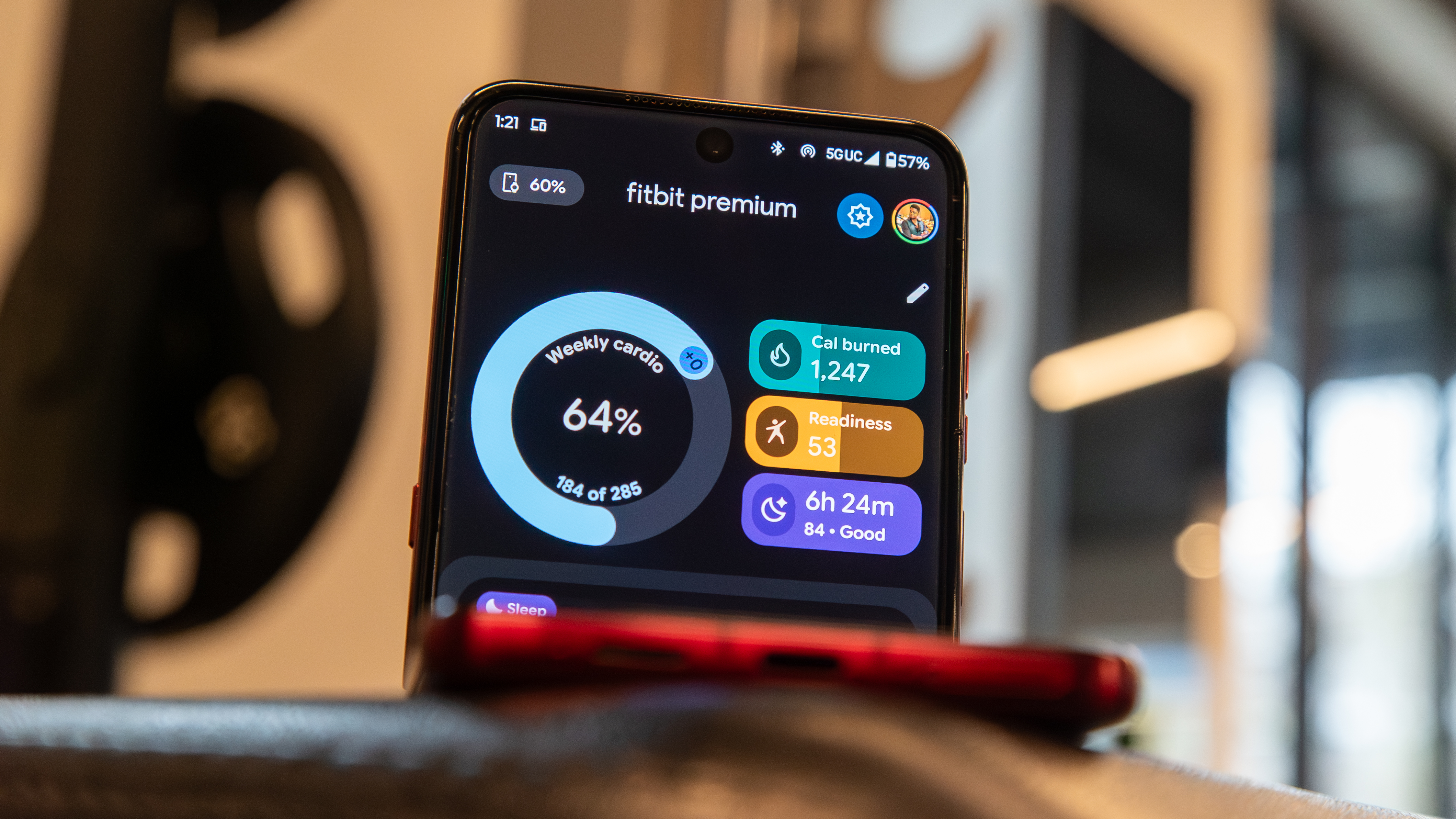Netflix is doubling mobile streaming quality without increasing bandwidth
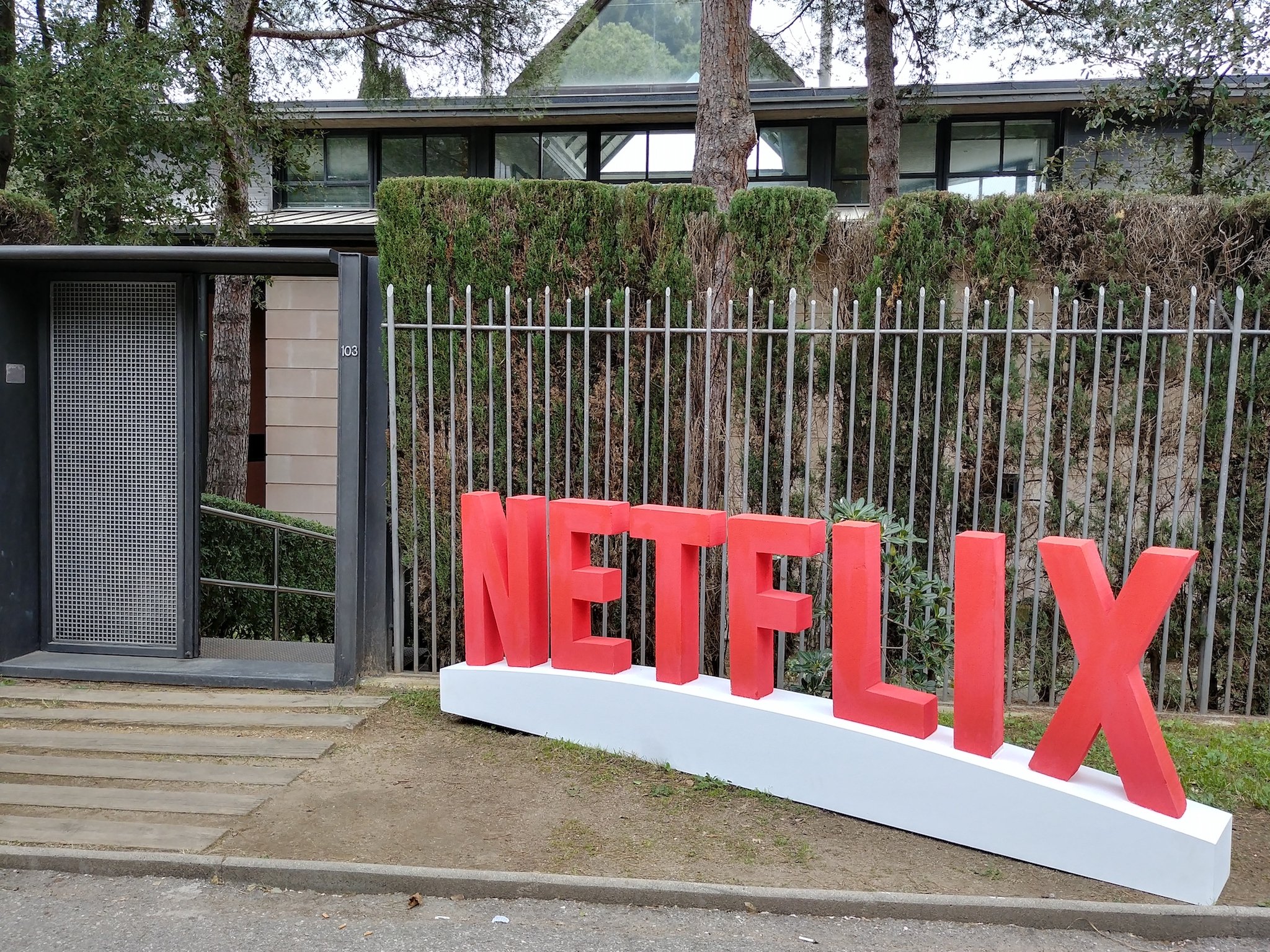
Every year during Mobile World Congress, Netflix gets away from the hustle and bustle of the Fira Gran Via and the core of Barcelona itself, renting a large house somewhere in the city's northwest, busing in press and analysts during the week to speak to various executives about whatever the company is promoting this particular year.
It's a very well-oiled machine, and 2017 was my second time sitting in the back of a van with international press — a couple from the UK, a few from Scandinavia, a German, and me, a Canadian.
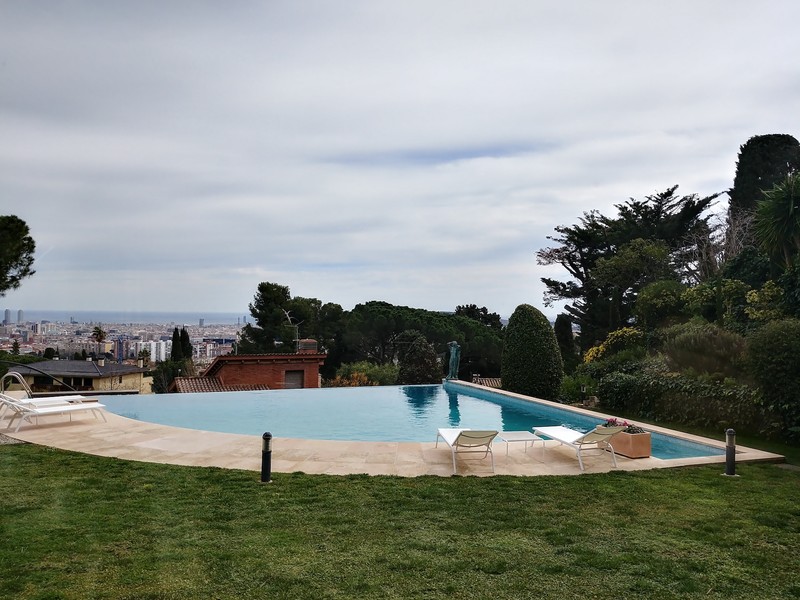
Two years ago, Netflix barely talked about smartphones. In fact, its mobile strategy was unclear. Sure, it had apps for Android and iOS, and they were even pretty good, but they weren't well-used. At the time, the vast majority of Netflix usage was limited to televisions, and to permanent high-speed internet connections. But since the company expanded its global footprint to including over 200 countries, mobile video has also proliferated more than any trend line could have extrapolated in 2015.
The upside is, according to Netflix, double the video quality for the same amount of bandwidth used, or half the bandwidth for the same video quality.
I had an opportunity to talk to Todd Yellen, the company's vice president of product — the technology underlying Netflix's app ecosystem, rather than the content — about why mobile has surged as a priority in the past 12 months, and what's next.
Yellen said that almost immediately after expanding in early 2016, Netflix saw mobile usage spike, buoyed by the incredibly mobile-only penetration of India. With hundreds of millions of Indians with inexpensive 3G access and an increasing amount of disposable time, the company realized that it had to refactor elements of its Android app to suit the market. The additions of offline watching — the ability to download content for viewing without a cellular or Wi-Fi connection — and, later, microSD storage, was a reaction to developing markets like India trying to find solutions for unstable connections or limited data buckets.
Relatively near to India, Netflix users in Japan and South Korea boast some of the fastest LTE connections in the world, and also spend most of their time on the service using smartphones — but streaming at much higher quality. It's this delta, between the sustained usage of 3G users streaming Netflix at relatively low bitrates in India, and those in the pacific afforded the service's best quality over the air that convinced Netflix into looking into a new encoding method for its content to ensure a better overall experience for everyone.
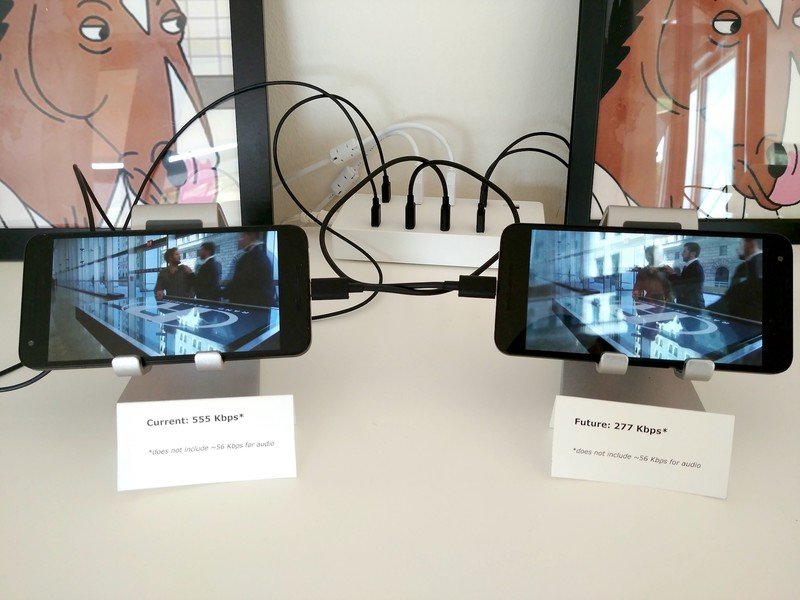
That encoding method is a relatively new video codec called VP9, an ultra-efficient algorithm controlled and open-sourced by Google, and has been widely used on YouTube. The upside is, according to Netflix, double the video quality for the same amount of bandwidth used, or half the bandwidth for the same video quality.
Get the latest news from Android Central, your trusted companion in the world of Android
With HDR greens were more verdant, and reds more varied, and that blue sky was no longer washed out.
To demonstrate this, Netflix set up two stations of Nexus 6Ps, each with the same show — Stranger Things — playing. The left phone used the old codec, and the right VP9. The first example was a 100kbps stream — practically the lowest quality Netflix offers over the air. Boxy, blocky and barely discernible, the older codec was not a great viewing experience; the same amount of bandwidth encoded in VP9 was drastically clearer, with fewer artifacts and improved detail.
In the second test, the two Nexus 6Ps were showing the same clip, and each looked almost identical in terms of quality. But the VP9-encoded stream reportedly used just half the bandwidth — 277kbps to the original's 544kbps. Netflix says that it is in the process of re-encoding its entire library in VP9, and all users — even those on high-speed LTE connections in the U.S., Canada, Japan, South Korea and parts of Europe — should see notable improvements in mobile streams.
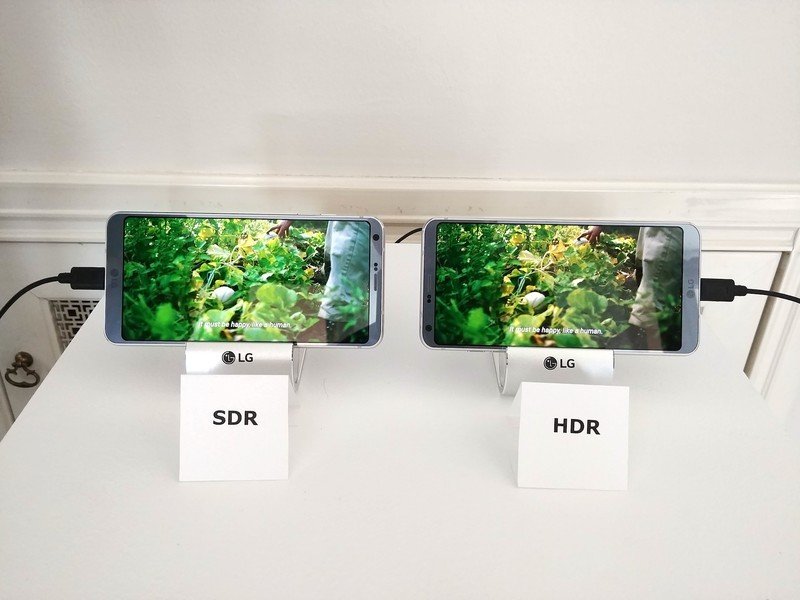
Netflix is also working with LG to enable HDR on its upcoming G6. The company showed off a third demo, of two G6s with clips from Chef's Table, one of its latest hit shows. The left G6 had muted colors, and it was difficult to discern the blue of the sky in scenes with brightly lit foregrounds. To my eyes, the scene looked good, but when compared to the right G6, with HDR enabled, the difference was significant. Greens were more verdant, and reds more varied, and that blue sky was no longer washed out.
In the next few months, a number of its own shows will be encoded to support HDR, but only a handful are available at this point. Amazon has also jumped on board with HDR, and is rolling out more shows than Netflix to support the growing standard in the short-term, but it's good to see LG taking the reins on this one from a hardware perspective.
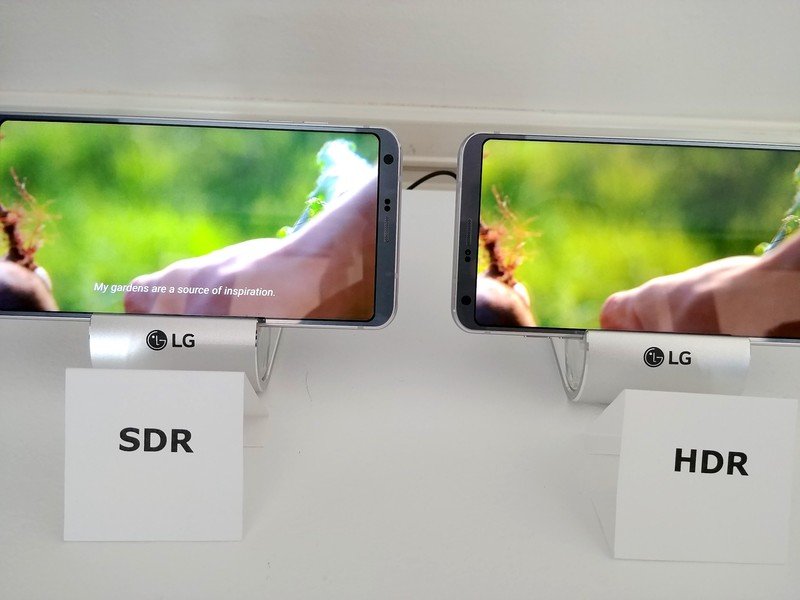
Netflix says that two-thirds of its viewing is still on televisions, but that number is changing more quickly than ever before, moving to where all eyeballs are going: smartphones and, to a lesser extent, tablets. The proliferation of phablet-class devices, and cheaper products with bigger, higher-resolution screens, has buoyed the uptake, but the company also acknowledges that there are just more and better shows to watch, ones that have been tailor-made to complete in transit, or while out of the house.
In the U.S., unlimited plans mean that more customers will soon be less worried about surpassing their monthly data allotment, so Netflix expects mobile usage to rise in turn.
Do you watch Netflix on your phone? Let us know in the comments!
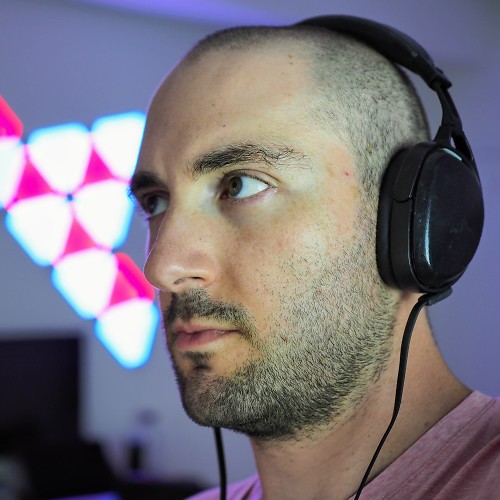
Daniel Bader was a former Android Central Editor-in-Chief and Executive Editor for iMore and Windows Central.
